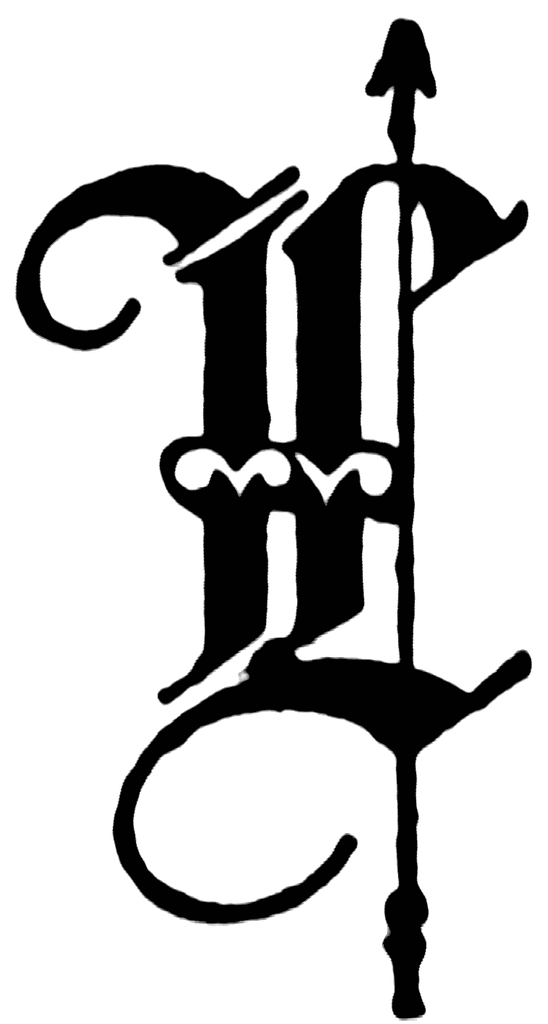

It could represent the diphthong /ie/ and /iːe/, or alternatively it may simply represent the sound /ı/ and /ıː/. This is another example of a phoneme whose exact nature isn’t known. For example, Geōl, alternatively written as Iūl, is equivalent in sound and meaning to Mn.E. In these cases, the initial e shows softening of the preceding sound (see note 7a above), and o = /u/, ō = /uː/. When preceded by c, g, and sc, the graphemes ea or eo may not be diphthongs, but rather the initial e may act as an orthographical way of showing that the preceding sound should be softened i.e., c = /ʧ/, g = /j/, and sc = /ʃ/.īecause the grapheme eu was not allowed in Old English orthography (for unknown reasons), on such occasions eo is used instead. The best approach is to pronounce the letter whatever way you find easiest and/or most pleasing. In most recordings of Old English readings you will hear this letter trilled, which may or may not have been the way Anglo-Saxons would have produced this sound. The exact pronunciation cannot be known for sure. When preceded by a front vowel, h is pronounced /ç/. When preceded by a back vowel, h is pronounced /x/. When syllable initial, h is pronounced /h/. When followed by a front vowel or the diphthongs ea or eo, or when preceded by a front vowel AND not followed by a back vowel, g is pronounced /j/, like the ‘y’ sound in Mn.E. If you are unable to make this sound, simply say the approximant /w/ instead.

When falling between two voiced sounds, g is pronounced /γ/.

When syllable initial and followed by a back vowel or word final and preceded by a back vowel, g is pronounced /g/. When falling between two vowels or adjacent to a voiced consonant, these letters are voiced: /v/, /ð/, /z/. When at the beginning or end of a word, or when adjacent to an unvoiced consonant, f, ð/þ, and s are unvoiced: /f/, /θ/, /s/, respectively. Ð/ð and Þ/þ are interchangeable, with no difference in pronunciation or meaning caused. When followed by a front vowel ( æ, e, i) or the diphthongs ea or eo, or when preceded by the letter i AND not followed by a back vowel, c is pronounced /ʧ/. When word initial and followed by a back vowel ( a, o, u) or y, or when word final and preceded by a back vowel, c is pronounced /k/. Note that while the aim is to be accurate as possible, there will undoubtedly be numerous instances when the pronunciation is off, to a lesser or greater degree, due to interference from the speakers’ native languages *. The following table provides links to audio files which give the approximate sound values of the Old English language. Of course, there are some points of dispute between linguists. However, thanks to the sciences of phonology, comparative linguistics, and historical linguistics, there is a well-educated idea of how Old English most likely sounded. Pay special attention when you come across any of these characters.Īs no native-speakers of Old English are currently living, there is no way to be absolutely certain how Old English was pronounced. Note above that the lower case f and r actually drop below the line rather than riding on the line as they do in modern writing. Note too how s can take various forms, the second of which can easily be confused with the lower case r. Also mark how the letters p, wynn, and thorn are all quite similar to one another. In the image below are the letters of the Old English alphabet in their manuscript form, along with the most common abbreviations found in Anglo-Saxon manuscripts. The letter Ð/ð (called ‘eth’), developed first in Irish writing, was also employed, being generally interchangeable with Þ/þ. Two runes – Þ/þ (called ‘thorn’) and Ƿ/ƿ (called ‘wynn’) – from Futhoric were retained to represent sounds with no corresponding letters in the Roman alphabet.
OLD ENGLISH LETTERS FULL
The grapheme Æ/æ (called ‘ash’), earlier used by scribes to represent the Latin diphthong ae, came to stand as a full letter on its own. Once Old English started to be used more commonly for writing, the Roman alphabet was adopted and adapted. There is in fact a mnemonic poem in Old English for the Anglo-Saxon runes. The letters, their names, and the meaning of the names can be viewed in the image on the left. The earliest appearances of the Old English language are found in inscriptions written using the runic Futhoric alphabet.


 0 kommentar(er)
0 kommentar(er)
